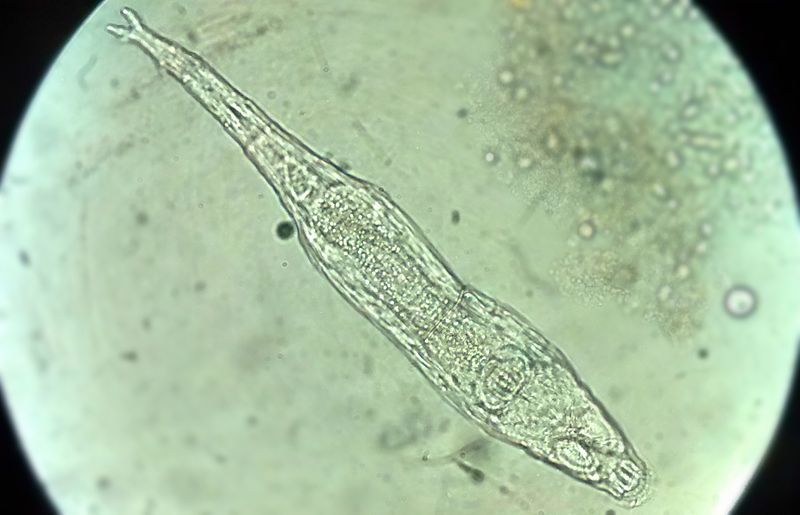
Category: Invertebrates

These microscopic and near-microscopic pseudocoelomates are common in freshwater environments all over the world (and a few species can be found in salt-water as well). Rotifers have bilateral symmetry and are divided into head, trunk, and foot regions. Their most distinctive feature is the ciliated “corona” on their head. These coronal cilia form a current that sweeps food particles into their mouth. These cilia can also be used to pull the rotifers through the water when not attached to a substrate. One class of rotifer, the Bdelloidea, are assumed to have not sexually reproduced for millions of years – there are actually no males within the species and the females reproduce only through parthenogenesis!

The world’s first Animals
Invertebrates were the first animals to evolve. While their soft bodies left precious few records behind, there are fossils of sponge-like animals that are 665 million years old, as well as traces of tracks and burros from worm-like animals going back 1 billion years. By comparison, the earliest birds appeared only 150 million years ago! And not only were invertebrates first, they are the most plentiful of animals - it is estimated that 97% of all animals living on the Earth today are invertebrates, with several groups containing more species than all vertebrates combined!
Learn more >>
 Discover Animals is a web-based educational resource offered by the NAIA
Discover Animals is a web-based educational resource offered by the NAIA